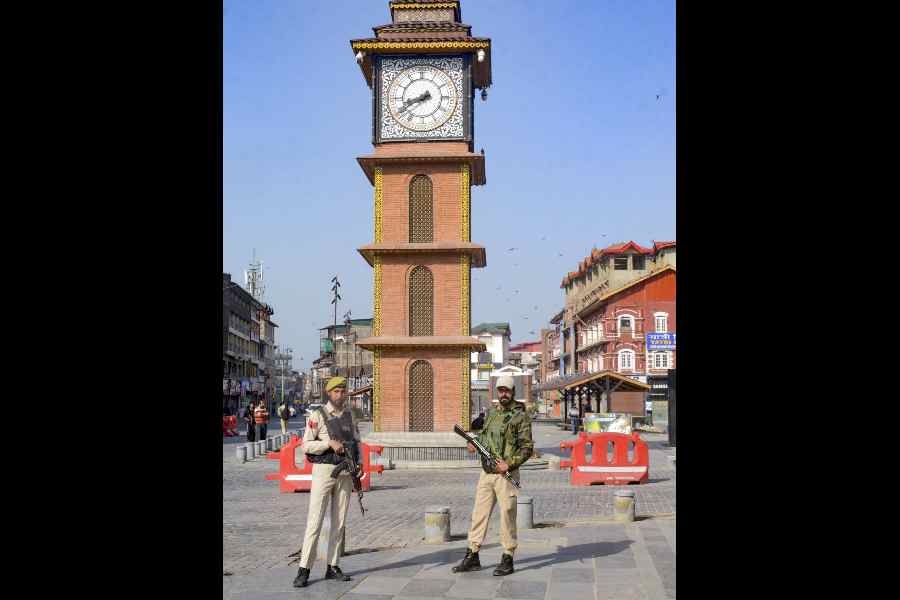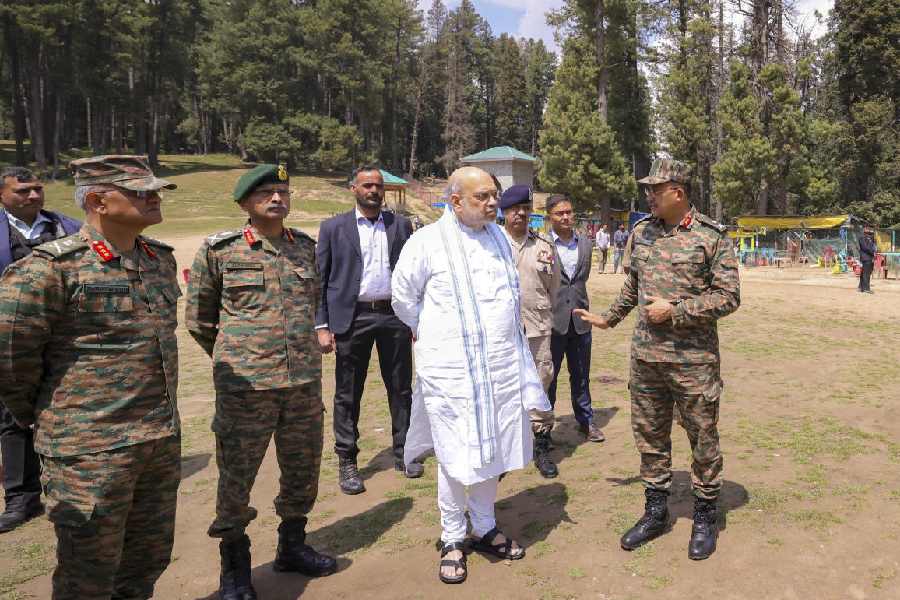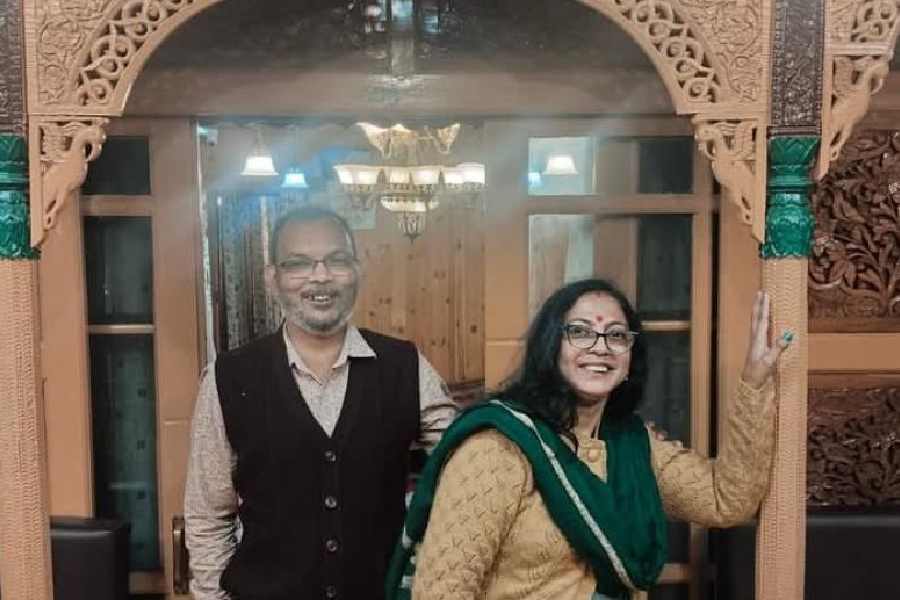
He loves Bengali food and the “classic spirit” of Calcutta. “The buildings talk to you when you look at them,” says fashion designer Raghavendra Rathore, in town for Chivas Studio’s Reinventing the Classic, a curated evening of fashion and music held at AltAir (Sector V) recently.
You were saying that as a bespoke designer, you need an appetite to listen…
When you are a bespoke designer, you are really speaking to people to understand the art and the craft and then you repackage what the demands are. It is not a one-way radio.
A lot of my clients do not believe in putting their kids in colleges in India any more. That’s trending huge, which means all these kids need new wardrobes… so the feedback goes back to the design team and out they come with thicker fabrics… because someone, for example, is going to Canada.
What is a classic for you?
Classic is really individual. My story of classic is different, your story of classic is different. Classic is an emotion that strikes a particular chord in a particular person. You tweak it a little bit and it becomes neo-classic or super-classic. It’s like a symphony.
You can invest in classic and you cannot go wrong. It is a momentary moment that you can have today and not have tomorrow. I don’t think the old approach applies where you are always classic. Yes, if I live in a house which is classic, it won’t change every day of course. I can have a party with younger people and make it more funky.
There is a huge change in how we see ourselves as Indians. I think what’s driving the change is the need to be different. To me a classic customer is somebody who is comfortable in living a classic way of life but approaching every day with a tweak.

A classic woman that comes to mind?
From the past, there is my grand aunt, Maharani Gayatri Devi. To be with her in a room even for five minutes and wearing whatever you are wearing… you had to be 10 times sure. What she wore was very important… she had a very good understanding of the world. Then she became the poster lady of classicism.
And what does reinvention mean to you?
When you are looking at something which doesn’t have any flaws in design but has lost its momentum, then you reinvent it, like the bandhgala. I remember when we were in boarding school, everyone wore the bandhgalas... we changed lots of things in it. When you are designing in your studio, you have to really think who really needs this? Do people today really need 17-button shirts? They probably need no-button shirts now!
.jpg)
Is there a story that you are trying to say through your designs?
The most important story or chat that I have with people is that people wait for something to happen. I have always believed quite the contrary that if you don’t do something, nothing will happen. That is why the whole journey to set up a design school in Jaipur, to make kids realise at a very early stage that if you don’t dream and you wait for things to happen, nothing happens. I started my career from Jodhpur. It wasn’t even on the radar! I remember when I left New York, people told me that there were big designers in Calcutta, Bombay and Delhi. How are you going to be able to start business out of Jodhpur? I stuck to my belief.
Have all your dreams come true?
I dream of things every day and I remember my dreams, unlike a lot of people. I dream of thousands of butterflies exploding from my chest! I had a pedigree of some sort but never had the cash to spend. I earned it. I used to scrape old houses in Vermont to take off paint and would get paid nine dollars. That’s how I put myself through education. The first year I got a lovely, cushy ride from my parents. I was there for 10 years. I used to do 80 sketches a day and sell them. Everyone has struggle in their lives and it is very important to assess where the big changes happen in your life. Giving back is a passion.
When we set up FDCI some 20 years ago, the first cheque was mine… I remember signing it and leaving for Jodhpur. I used to drive those days because there were no flights. I was told the cheque was cleared… congratulations, we have something called the FDCI. I was like, ‘Wow! This is revolutionary’. I am not so involved in it now and Sunil Sethi is doing a fantastic job. I always admire the fact that a small idea from a table can actually have a huge influence over other people over time.










